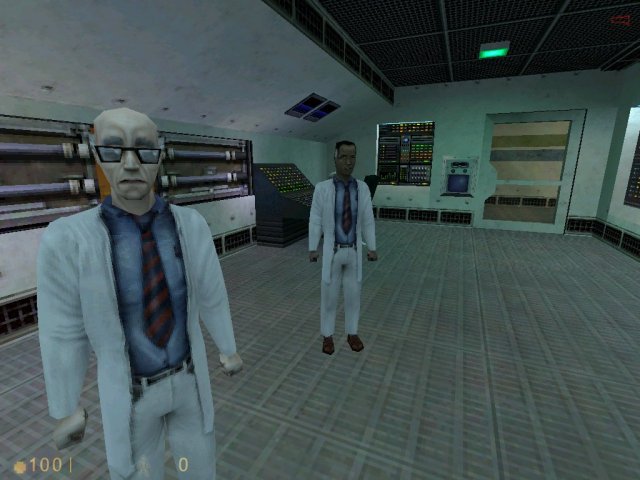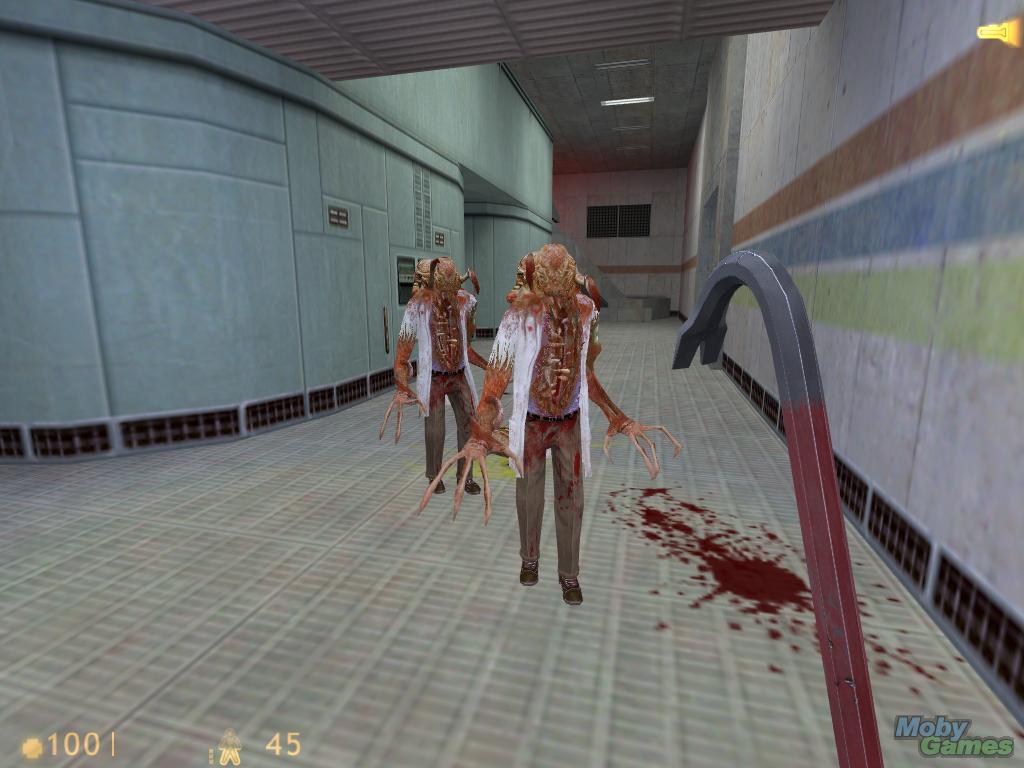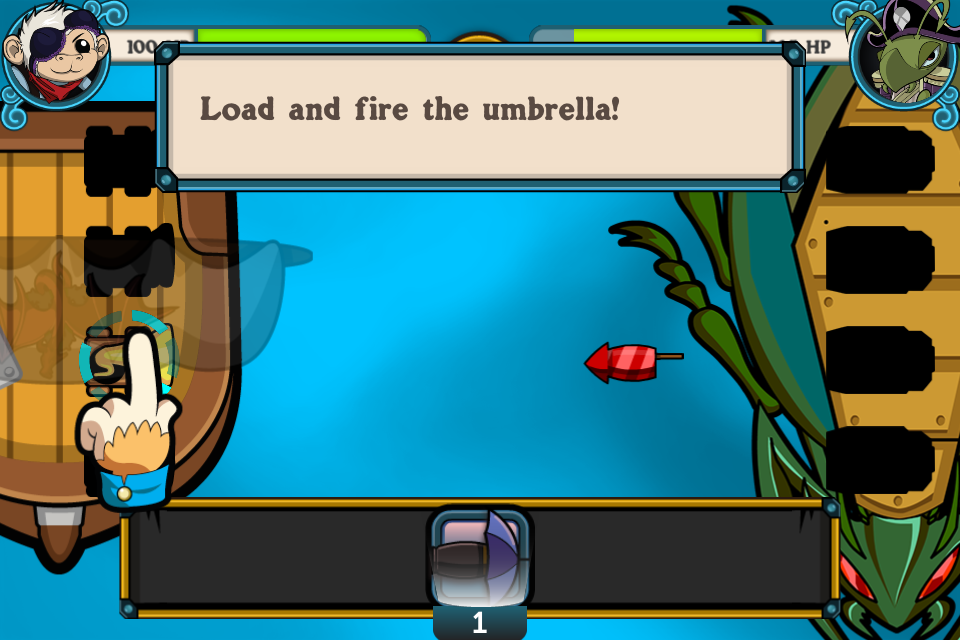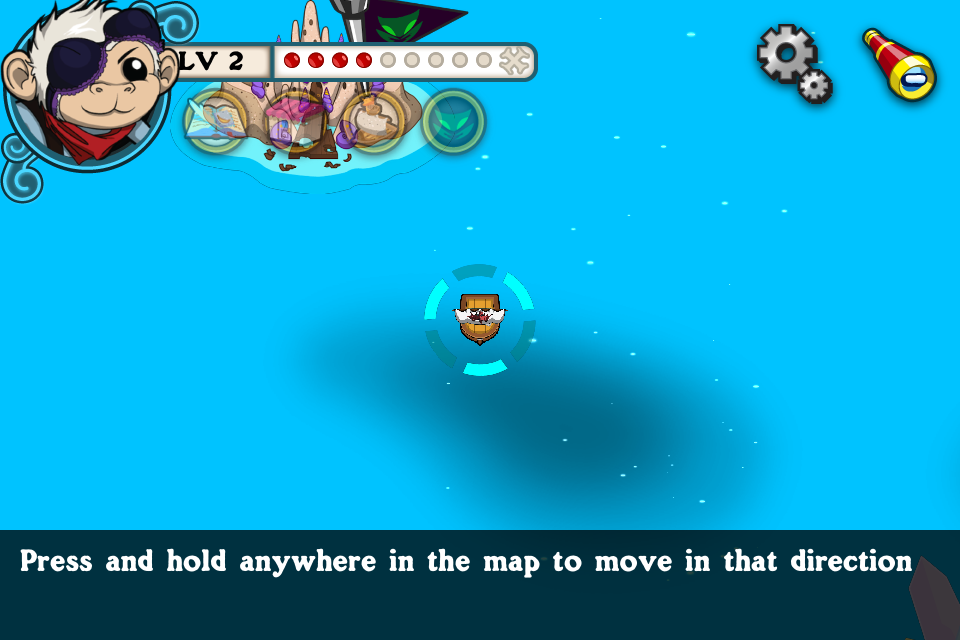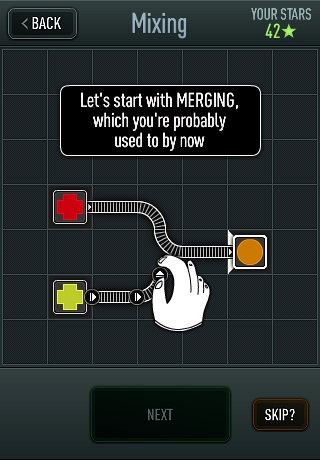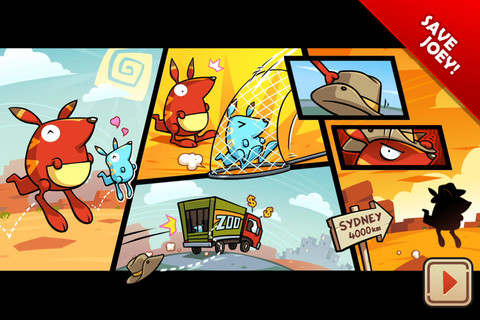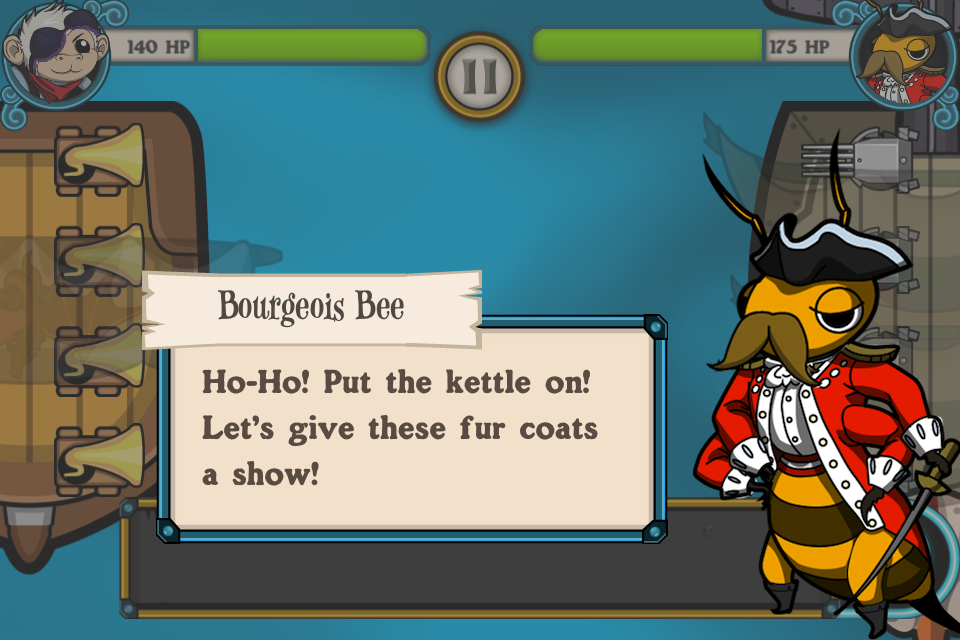We don’t tend to typically think about games as emotional experiences, and perhaps because of this, the most interesting talks I saw at GDC 2013 were about games that had made people cry. Crying is not something that we expect from games, yet if a book, film or play made us cry we would think that a great achievement. Instead, we expect games to be fun, which whilst pleasant, is not a deep emotional experience. However, the games that do go beyond fun to deliver real drama are some of the most interesting, memorable and successful games out there.
Here are some four techniques that games can use to deliver hugely engaging, dramatic experiences.
Jeopardy
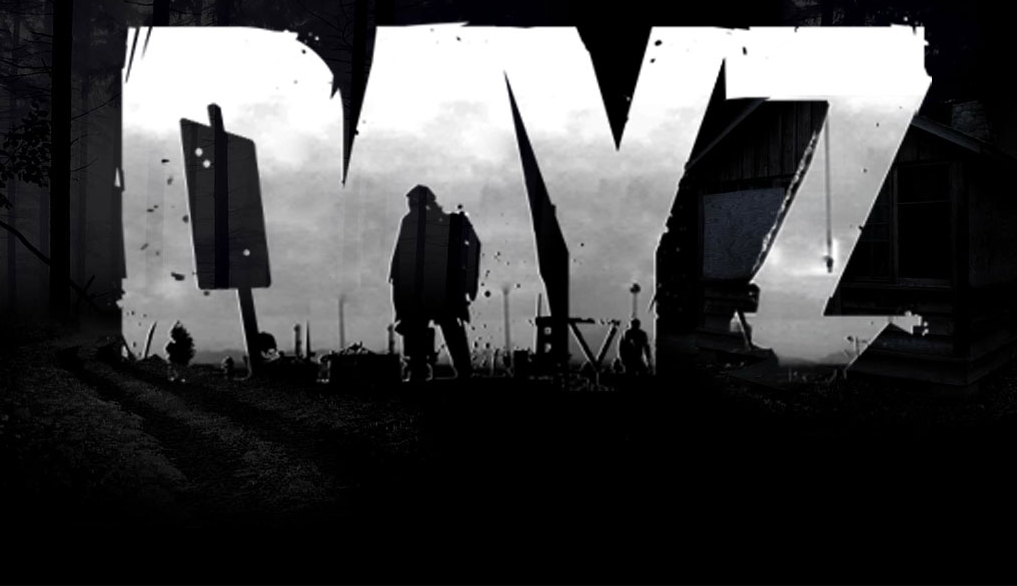
One of those talks at GDC 2013 was on DayZ (the other was about Journey). Dean Hall, the lead designer talked about creating a consistent world where things had value. The game is an FPS in a zombie apocalypse setting – so far, so generic. But the game is also permadeath, has scant supplies, and as well as zombies, has other players who may or may not be friendly. As well as avoiding zombies and bullets, you have to keep your character fed, watered and warm.
The zombie apocalypse does not itself generate tension and danger, it just provides the backdrop for this. The game boasts incredible levels of tension from the unpredictable way that other humans will act in a world without strict rules, and where killing you for ammo is just as likely as agreeing to team up. Staying alive is a painstaking process of amassing equipment from match boxes up, and all of which can be snuffed out in a moment from a sniper you never saw.
Players have been quick to share their stories on the forums. Many are the early triumphs of new players surviving more than a few minutes to gather some food and set up camp. Others are more heroic, inflicting revenge or justice on rogue players. Most make some reference to the feelings and ethical dilemmas that players experience – how a miscommunication can lead to unintended bloodbaths, or the acceptability of sniping noobs.
As with so many other Rogue-like games, it’s the danger of loss, the jeopardy, that makes the experience so rewarding. When things in the game are hard to come by and easy to lose, players place a huge amount of value on them. It’s the same reason that players love FTL or Dark Souls, where every encounter is a story and a chance to be a hero, because the risk of failure is so real and tangible. (Here is another great review on DayZ).
Empathy
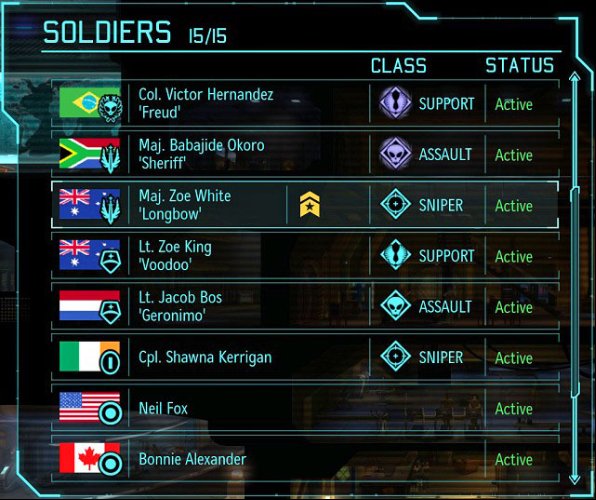
A sense of loss is also prevalent in X-Com, though to a lesser degree. Here your inevitable squad casualties from taking on alien invaders can be replaced for the next mission. However, a number of details make you feel each death of a soldier under your command more keenly. Some of this is down to the mechanics – troops gain experience and become more powerful as they survive longer, gaining unique special abilities that are crucial to your long term success. But beyond that each solider has a name, a nationality, and their own physical appearance.
These cosmetic details build on their varying stats to give a surprising amount of individuality that you empathise with, even in the absence of scripted dialogue. Pierre from France might be a craven sure to break at the first sign of danger, whilst Brad from the US is your favored sniper with a history of saving you from impossible situations. As a player you start to fill in the gaps and elaborate on their characters and backstories. If your troops survived long enough they also earn a nickname that further endears them to you, and if they die, their names are remembered in the in game memorial.
These details mean that when a soldier dies, it is not only a setback in your progression to build up an experienced team. It is a much more personal testament to your personal failure to protect your squad mates, who trusted you to command their every move. X-Com is a great example not because it is the best game at showcasing empathy for digital entities, but because it manages to achieve so much with so little.
Context : Half Life
When you start Half Life, you don’t get a gun, and you don’t kill anyone. It’s an incredibly mundane start to an FPS, as you walk around a research facility going through the daily routine of the protagonist Gordon Freeman. But few games are as feted as much as Half Life for their quality of narrative. The slow start has a couple of beneficial effects on the rest of the game.
Firstly, you know that at some point, very shortly, Bad Things will happen. Just as Tarantino cranks up the tension with long, drawn out conversations that you know will eventually end in a blood bath, anticipating the upcoming excitement is every bit as good as actually experiencing it.
Secondly, once the facility is infested with aliens trying to chew your face off, there is an added gravity to the drama that you are going through. The dead bodies aren’t just decorative as in so many other games. Here they are fellow scientists you were exchanging pleasantries with a short while ago. You haven’t been born into carnage a hero, but thrust into the role of a reluctant hero as a survivor of an attack on the world you knew.
Agency : Game of Thrones

Telltale have been making games giving player big choices for 10 years. Their games are dialogue heavy, with players deciding how to respond to other characters from a range of predefined options. Their latest offering, Game of Thrones, has some exquisite moments, such as when you are interviewed by Queen Cersei. Squirming through her questioning was on a par with any similar scene from the TV series where some piteous underling is pulled apart, and I found new sympathy for the impossible situations that minor characters often find themselves in.
This scene works so well for the same reasons that many game choices of this nature fail. As an avid fan of the franchise I knew the political landscape and dangers I was traversing, and also had strong views on the type of character I wanted to play. Without this background knowledge and the sense that the choices offered would actually make a difference, my choices would have felt hollow.
In the same game there are breaks in conversation where as the player you are given the choice to say the same thing in three different ways. This adds nothing to the experience apart from slowing it down, and in reminding you that you should be identifying with one of the characters, that in actual fact you’re not.
I recently came across the other problem, of insufficient knowledge to inform a decision, in the otherwise excellent Dragon Age Inquisition. Here I had to choose between allying with one faction or another, but could explicitly not choose both. Although both factions were well known to me I felt I was still getting to grips with the world lore, and could not fully grasp the potential implications of the choice I was being given. Frustrated I resorted to the internet to understand what I was getting myself into in each case. Again, instead of deepening my immersion in the experience, poor agency had broken it.
Giving players choice to direct the story in a game is one of the defining attributes of the medium, and can be extremely powerful. However, it needs to be both a genuine choice and the player must understand the choice they are being given, or it can risk backfiring.
Conclusion
Games are often thought of solely in terms of fun. But engagement and memorability often peak when there is more than just fun, and they deliver real drama. Increasing the drama in games can be achieved by making things have value, getting players to empathise with the characters, giving the story context and allowing the player agency.


